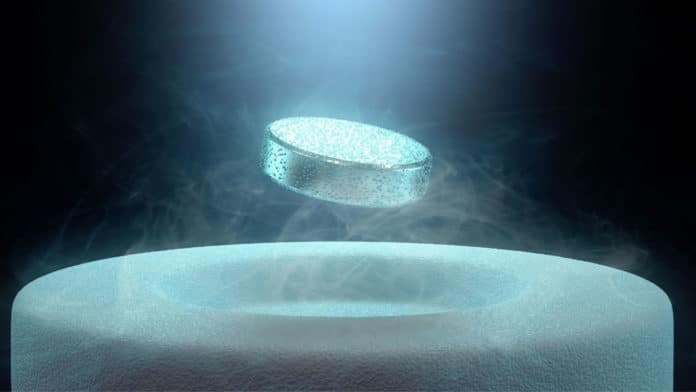Commonly, superconductivity occurs in a low-temperature environment or under exceptionally high pressure at high temperatures. The sacred goal of superconductivity today is to find or make materials that can transfer energy between one another in a non-pressurized room temperature environment.
The deployment of the technology of room temperature superconductors at atmospheric pressure would speed up the electrification of our world for its sustainable development. It will use fewer natural resources with lower waste to preserve the environment.
Several superconducting material systems are currently in development for electric transmission. In the meantime, scientists at the University of Houston are conducting experiments using FeSe (Iron (II) Selenide) to look for superconductivity in a room-temperature and atmospheric pressure environment.
Their experiments developed a pressure-quench process (PQP) to retain the high-pressure-enhanced superconductivity in a high-temperature superconductor (HTS) at atmospheric pressure. They applied pressure to their samples at room temperature to enhance superconductivity cool them to a chosen lower temperature. Later, they completely release the applied pressure while still retaining the enhanced superconducting properties.
Paul Chu, founding director and chief scientist at the Texas Center for Superconductivity at UH, and Liangzi Deng said, “We waste about 10% of our electricity during transmission, that’s a huge number. If we had superconductors to transmit electricity with zero energy wasted, we would change the world, transportation and electricity transmission would be revolutionized. If this process can be used, we can create materials that could transmit electricity from the place where you produce it to places thousands of miles away without the loss of energy.”
“The ultimate goal of this experiment was to raise the temperature to above room temperature while keeping the material’s superconducting properties. If that can be achieved, cryogenics will no longer be needed to operate machines that use superconducting material like an MRI machine, and that’s why we’re excited about this.”
Journal Reference:
- C. W. Chu et al., The Retention and Study of High-Pressure-Induced Phases in High- and Room-Temperature Superconductors, Journal of Superconductivity and Novel Magnetism (2022). DOI: 10.1007/s10948-021-06117-0
